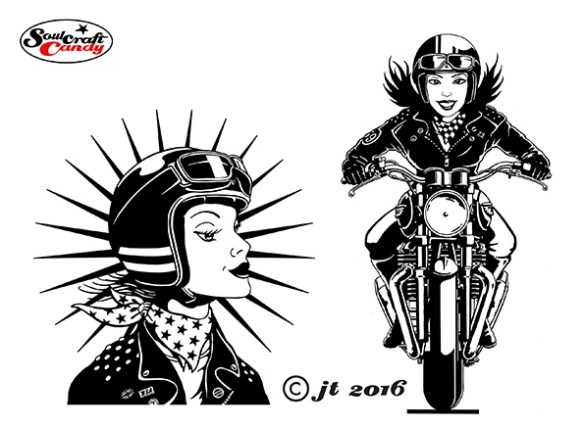
At the time of the last post I’d just sent the second batch of t-shirt ideas over to my contact to see if he would go for any of them. I didn’t have to wait too long this time for a reply, he picked the one shown here. It would be tempting to be a little disappointed with this result after all the work that’s been done, but this is outweighed by the knowledge that I learned a great deal during the process, and have actually ended up with some images that I really like and can do something with in the future.
So, one of the things that I’m going to do is create some hand made prints. This is something that I have wanted to do for a long time. With all these fresh images to now play with it seemed like as good a time as any to have a go. The way the designs have worked out, in very obvious black and white format, they will hopefully lend themselves very easily to a basic printing process.

To be honest with you I haven’t done anything like this for a very long time. Wondering which printing process to try led to lots of questions, the answers to which became self evident quite quickly. There are lots of different approaches to take ranging from the utterly basic to highly involved, simple block printing through to complex etching processes. I plumbed for the simple and settled on having a go with lino cut printing. The last time I dabbled with this process was back at school many years ago, so any learning that I had gained back then was gone and forgotten. Again, another opportunity to learn something new. The shot here shows my starting point. On the left is the design I wanted to transfer onto the lino sheet ready for cutting, on the right is it drawn out onto said lino. I have reversed the image, so that it will print the right way around and started to make some tentative cuts into the surface to create the relief to take the ink. This is as far as I’ve got for now and I’ll update the next steps in a subsequent post.

The final image here is something else entirely. Regular visitors to the blog may remember that back last summer I designed some t-shirts for my local bike shop, Bill Bunn Motorcycles, here in Ealing. It’s great to report that they’ve been selling well and the guys there wear their shirts religiously when working in the shop. I visited there a couple of weeks back only to find that they have undertaken the next steps in their shop refresh and gone and had new front signage made based around the shirt design. I had to take some pictures. They tell me the box signs are back lit, so at night it’s all illuminated which I’m looking forward to seeing sometime soon. I’m immensely chuffed that they have considered the design good enough to take it to this end. A big thanks to them for boosting my confidence and paying my work such a compliment.






